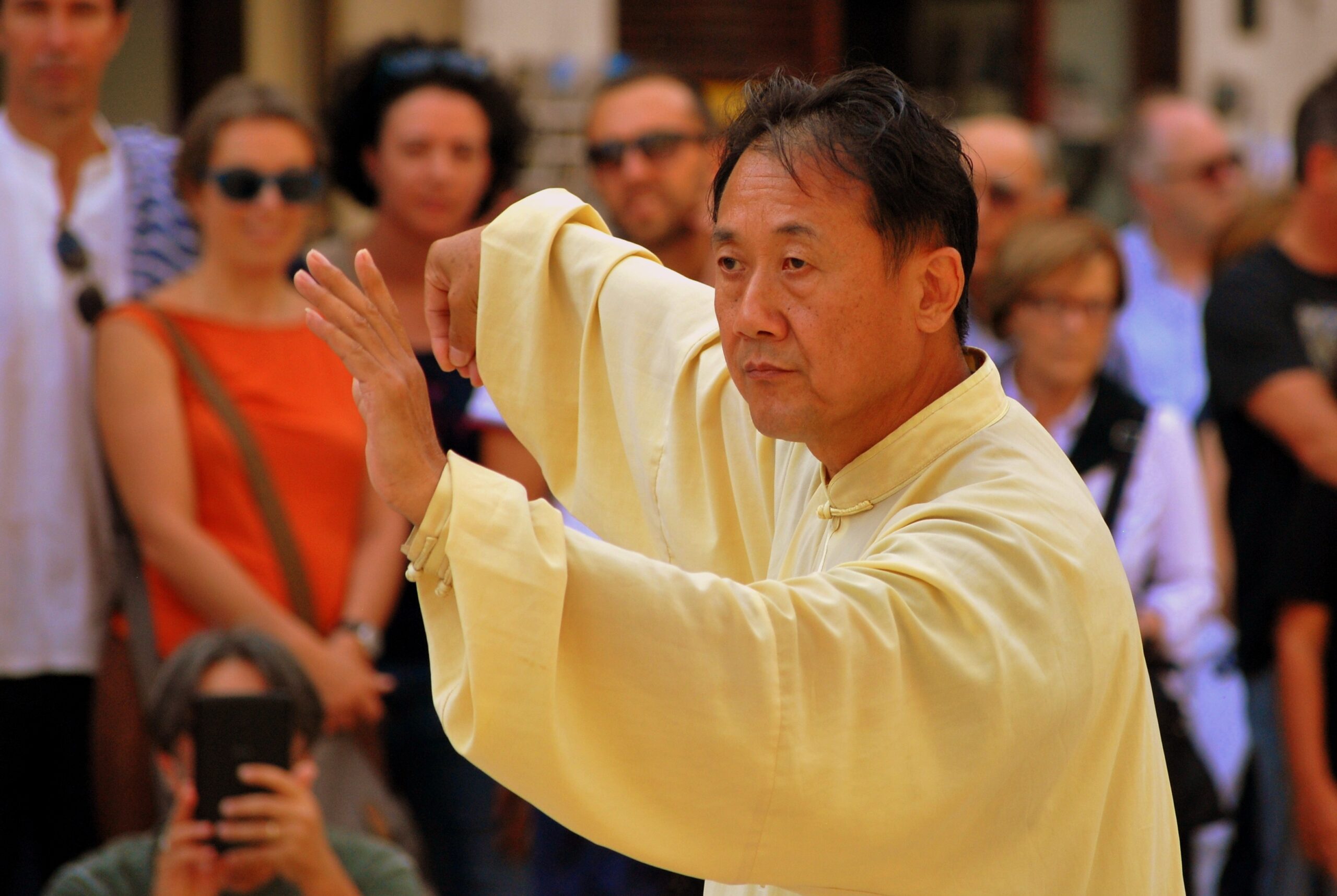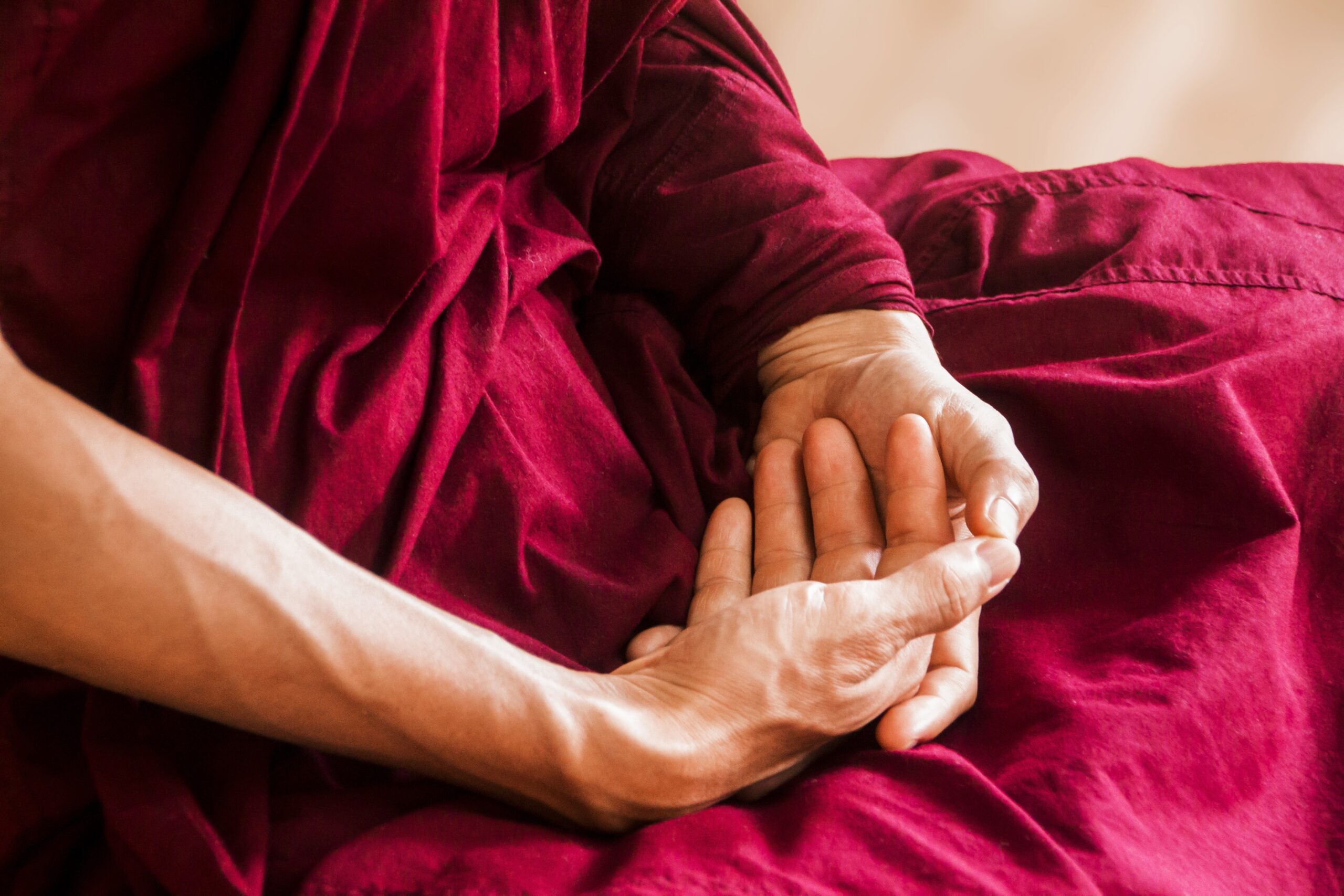Diaphragmatic Breathing, Crucial to Chi
Another key component, diaphragmatic breathing nourishes the chi, generating and refining it to develop its potential power.
While commercialized schools emphasize calisthenics, traditional schools of tai chi qigong emphasize yogic breathing to cultivate the chi. Only through deep breathing exercises can we generate enough chi in our dantian for purposeful channeling either for self-defense, health, healing, or spiritual development.
Though there are many yogic breathing techniques, the most basic and most often used is diaphragmatic or so-called abdominal breathing.
These different abdominal breathing techniques nourish the chi and allow it to develop from its raw immature state to a refined state of jing or essence to be channeled and used at will. Key to its development is the pausing between yogic breaths.
Why is diaphragmatic breathing also called abdominal breathing or deep breathing? Because by expanding the abdomen, you pull the diaphragm down to maximize your chest cavity, and thus, you are able to take in more oxygen. The deeper the breath, the more it nourishes the chi.
Also, long pauses between breaths increases the circulation of the chi in the body, and increased circulations furthers its refinement. It is only when the chi undergoes hundreds of these circulations that it finally becomes refined enough to be channeled for purposeful use.
That is why yogis and veteran practitioners will often practice some very advance forms of deep breathing, such as Daliang Cun Qi Fa (“Amassing Chi“) or Stopped Breath Qigong, Tortoise Breath or Breathing Through the Heels.
These masters can slow their breath down and pause so long between breaths that it appears they have stopped breathing altogether. The purpose for practicing these techniques is to build up the development and especially the power of their chi.
Commercialized tai chi schools that emphasize mere calisthenics miss out tremendously even when the most basic abdominal breathing techniques are not included in the curriculum. Some instructors will insist that students only practice normal chest breathing along with their tai chi movements.
Little wonder these students do not progress beyond the physical stage of relaxation. Even their movements are imprecise and obstructed by their lack of understanding of how the chi flows.
Others, who learn basic diaphragmatic breathing, are often too eager to move on to higher levels of energy healing before their chi is sufficiently developed.
Accustomed to attaining “tangible results” and the Western perception of “quick progress,” these students try to use their undeveloped chi before it is ready, often injuring their energy because it has not been refined enough for channeling.
Think of the chi as a developing child. When first generated in the dantian, it is raw and immature. Breathing provides oxygen upon which the developing chi feeds, the deeper the breath, the more nourishment provided.
As the chi begins to accumulate, it overflows and begins to circulate throughout the body. With each circulation, it matures and refines itself until it is finally ready to be channeled for uses in self-defence, healing and psychic or spiritual advancement.
True students of perseverance understand that the development and refinement of the chi cannot be rushed. It is only through daily practice and months of practice before the chi is sufficiently cultivated, nourished and refined into its potent form known as the essence jing. Only then can it be utilized safely and properly for healing, self-defence or other purposes.
It is only through diaphragmatic breathing that we can generate and nourish the chi. It is only through deep breathing techniques that we can develop the chi into its greatest potential by converting it into the refined state of jing.




